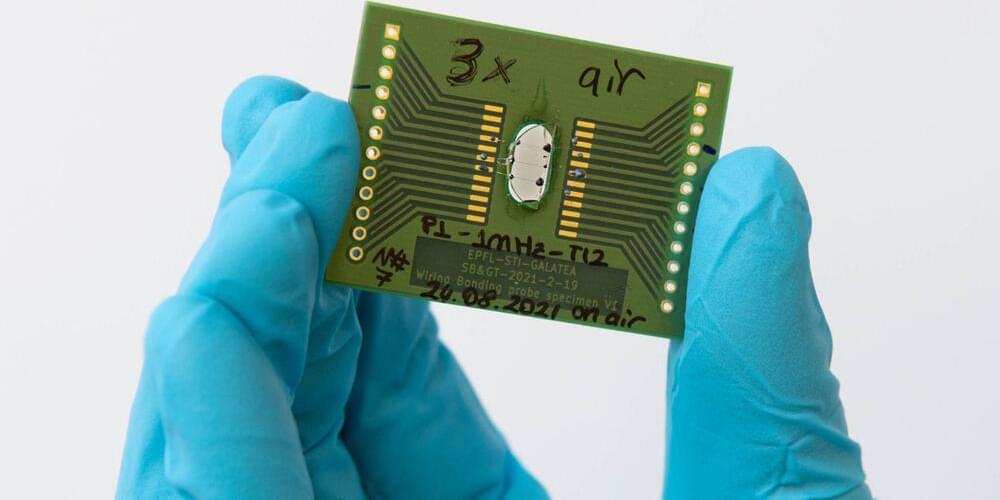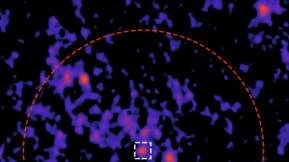The team was thrilled with this discovery and saw the potential for creating durable patterns on the glass surface that could produce electricity when illuminated. This is a significant breakthrough because the technique does not require any additional materials, and all that is needed is tellurite glass and a femtosecond laser to create an active photoconductive material.
“Tellurium being semiconducting, based on this finding we wondered if it would be possible to write durable patterns on the tellurite glass surface that could reliably induce electricity when exposed to light, and the answer is yes,” explains Yves Bellouard who runs EPFL’s Galatea Laboratory.






